Sep 26, 2025
Although solenoid valves and electric valves both rely on electrical drive valve types and their names sound alike, they differ significantly in structural design, physical form, and the industries in which they are applied.
These two types of valves have very similar names, which often leads to confusion, but a careful study reveals clear differences between them. Structurally, a solenoid valve relies on the electromagnetic force generated by an energized coil to move the valve core, resulting in a simple and direct action. In contrast, an electric valve combines a motor, gears, and the valve core to convert rotary or linear motion into fluid control. In terms of application, solenoid valves are mostly used for on/off control or small-diameter systems, while electric valves are suitable for precise regulation, remote automation, or large pipeline systems.
These electrically actuated valves, with their high-precision control and remote operation capabilities, have become indispensable “control hubs” in industries such as pharmaceuticals, food and beverage processing, petrochemicals, and water treatment.
In this article, we will take an in-depth look at the core differences between these two types of valves, helping engineers and automation enthusiasts choose the most suitable control solution and ensure industrial production is both efficient and stable.
Unlike electric valves, a solenoid valve is not driven directly by electrical power; instead, it relies on the operation of the electromagnetic coil. The two factors related to the coil's performance are the current and the number of coil turns.
Solenoid valves open and close faster than electric valves, so they are usually used in applications with frequent switching between open and closed positions, or in applications with low flow rates and low pressure.
If your solenoid valve does not switch after being energized, becomes stuck, leaks from the valve body, or the coil overheats, it may indicate electrical faults such as issues with the coil or wiring, or mechanical faults including problems with the valve core, seals, or contamination. At this point, the solenoid valve should be inspected and functionally tested, but most importantly, the correct solenoid valve must be selected before use.
Solenoid operated valve
Optimize the number of coil turns and wire gauge to reduce resistance loss while meeting the required magnetic force.
Choose a high-permeability core to minimize energy loss in generating magnetic flux.
Reduce the air gap to increase the electromagnetic force, but ensure the valve core does not get stuck.
Use pulse driving to improve energy efficiency and reduce heat generation.
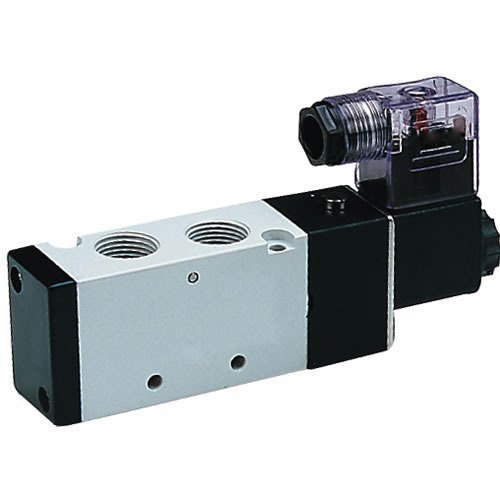
Electric operated valve
Select a motor with appropriate power
Optimize the reduction and transmission mechanism
Implement intelligent control and regulation
Reduce friction and valve body resistance
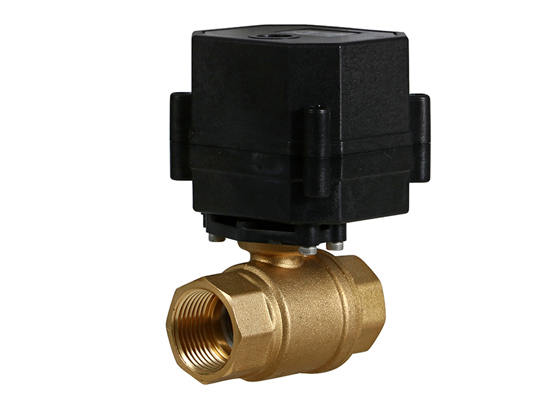
Appearance and Installation Check
Electrical Check
Mechanical Check
Seal and Fluid Check
Dynamic Operation Test
Current → Coil generates a magnetic field → Magnetic field drives the armature → Spool/valve core moves → Controls the on/off of the fluid.
Sticking or sluggish operation: Often caused by debris, corrosion, or worn seals.
Excessive leakage: Usually the result of seat wear, improper installation, or material incompatibility.
Poor response to signals: A sign of actuator or positioner malfunction.
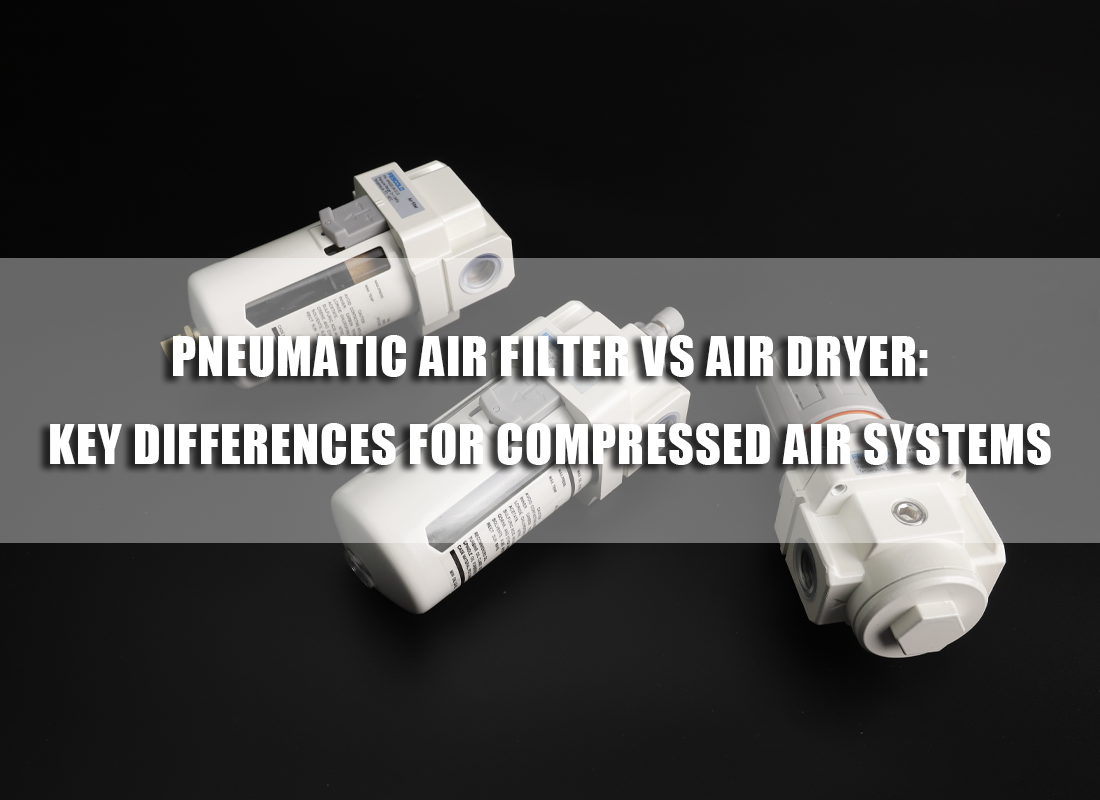 Pneumatic Air Filter vs Air Dryer: Key Differences for Compressed Air Systems
Pneumatic Air Filter vs Air Dryer: Key Differences for Compressed Air Systems
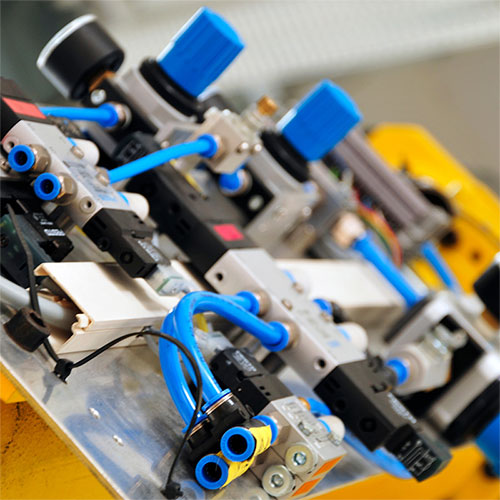 The Ultimate Guide to the Conditions for Achieving Automation in Pneumatic Equipment
The Ultimate Guide to the Conditions for Achieving Automation in Pneumatic Equipment
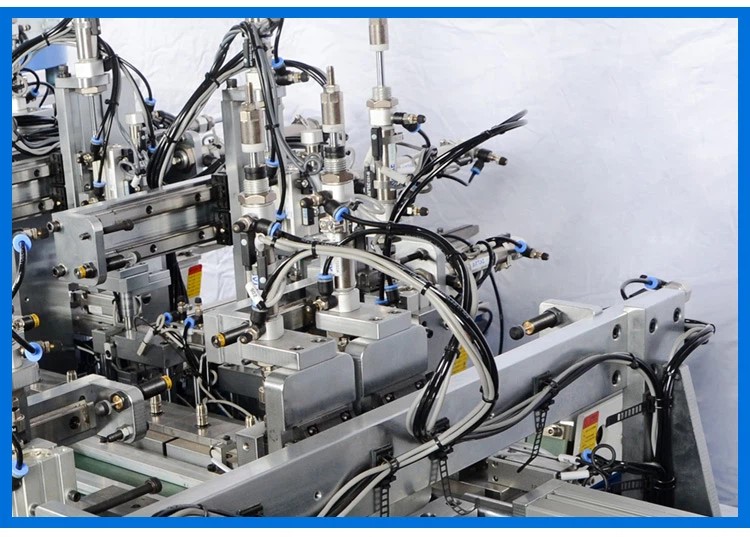 Pneumatic Actuated Machines That Play a Key Role in Smart Manufacturing
Pneumatic Actuated Machines That Play a Key Role in Smart Manufacturing
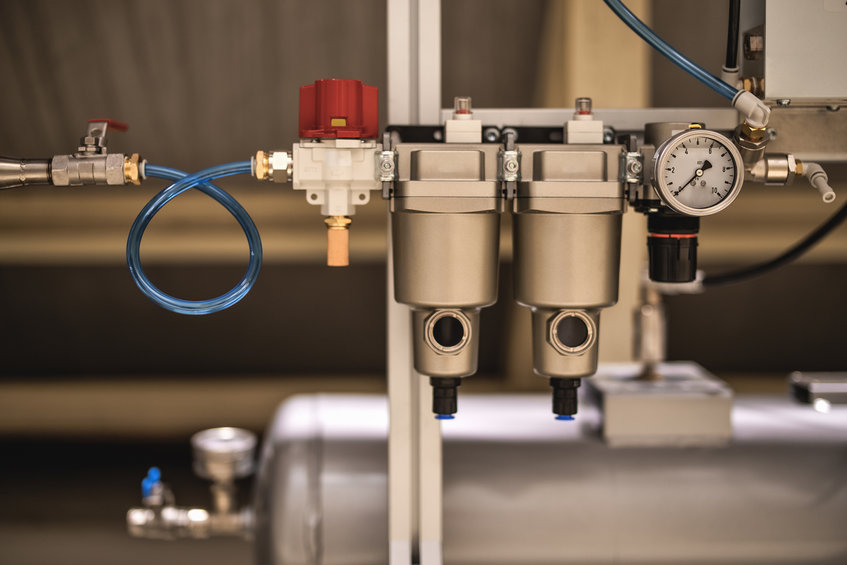 Pneumatic Air Filter Critical Problems: 5 Common Issues and Fixes
Pneumatic Air Filter Critical Problems: 5 Common Issues and Fixes
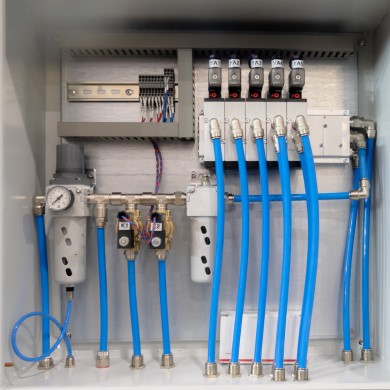 How to Maintain and Clean Air Filters in a Pneumatic System
How to Maintain and Clean Air Filters in a Pneumatic System
You May Interest In

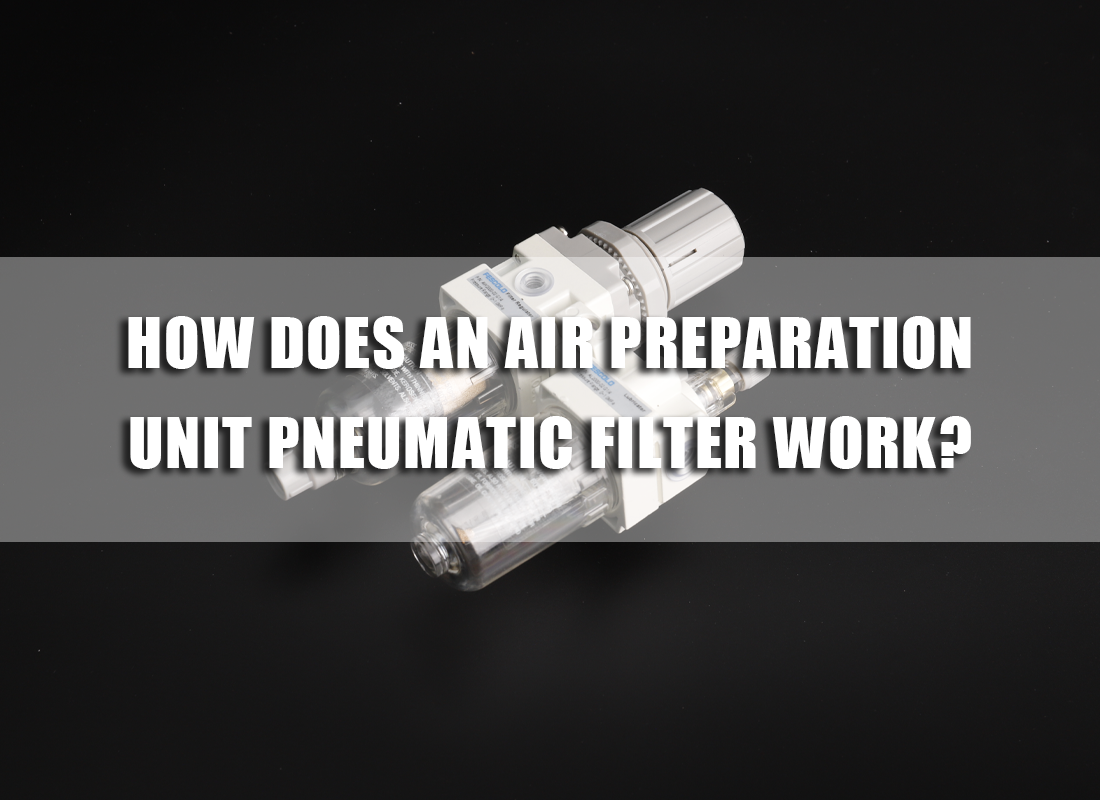
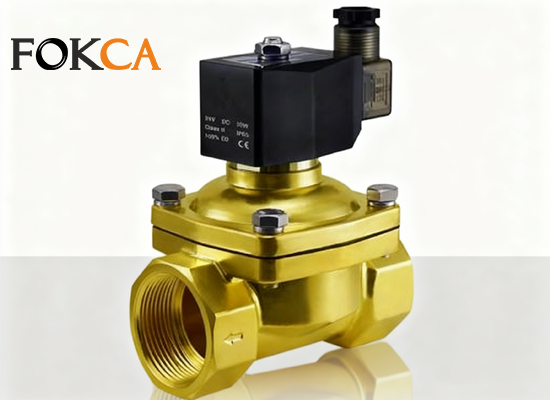
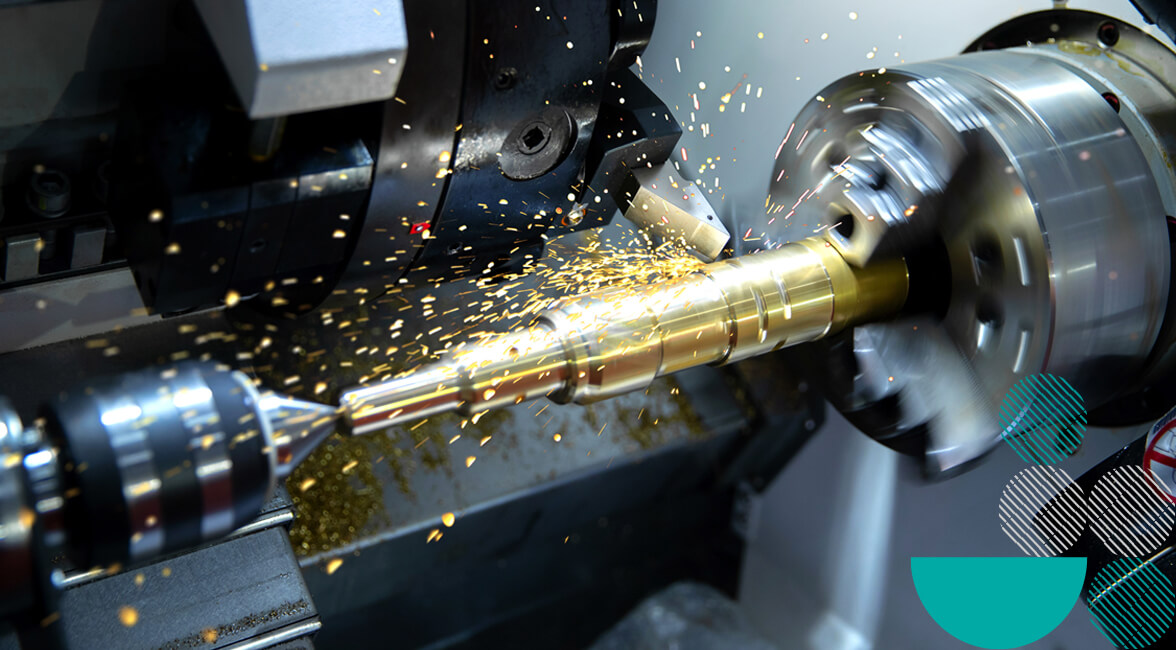
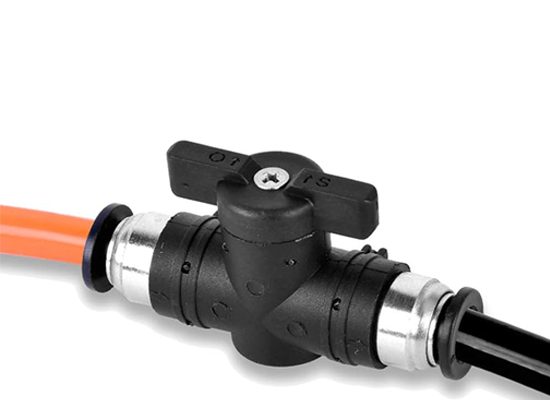
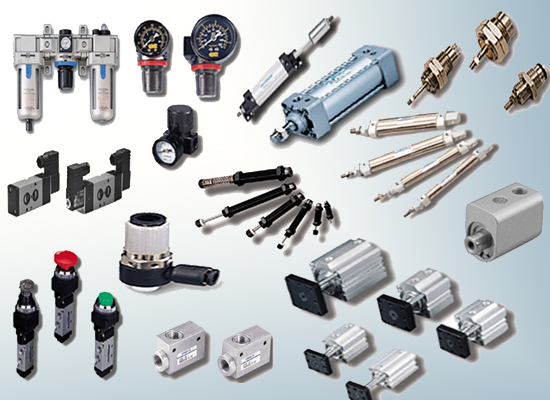
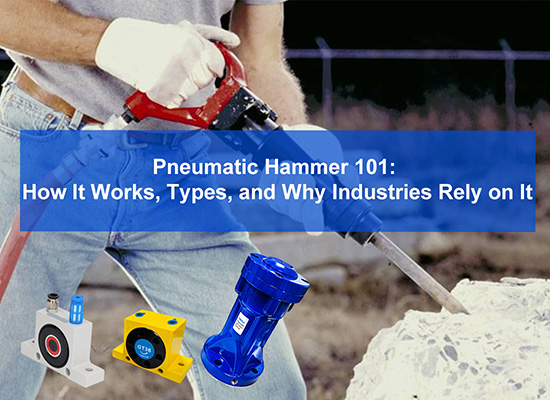
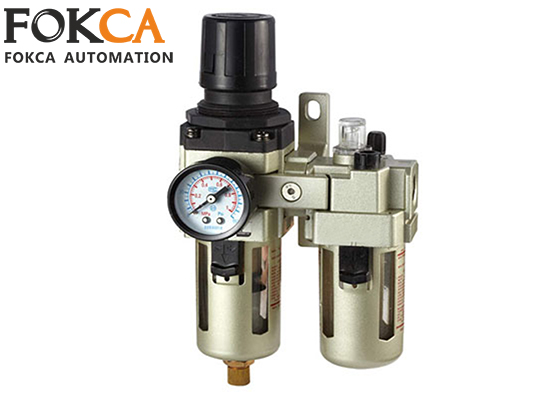

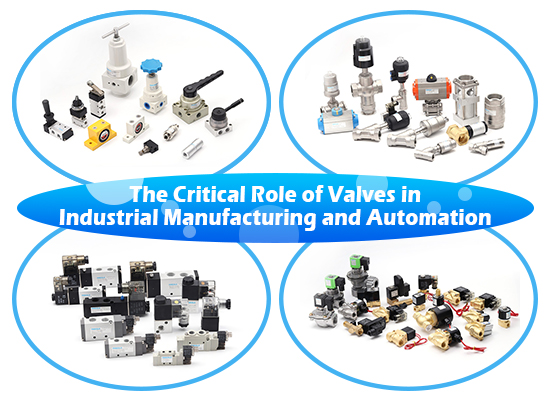


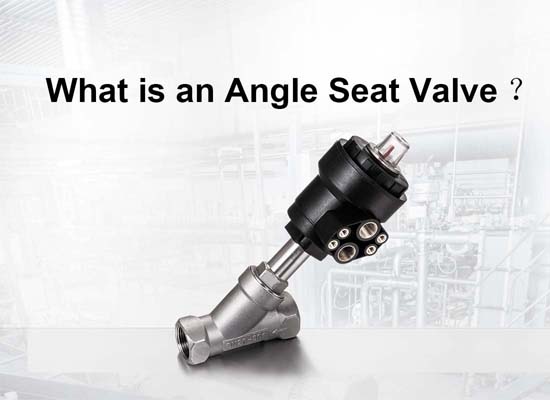
Apr 18, 2025 Blog
What is an Angle Seat Valve?Links: www.fescolo.com(Pneumatic)
FOKCA ©1998-2025 All Rights Reserved Sitemap